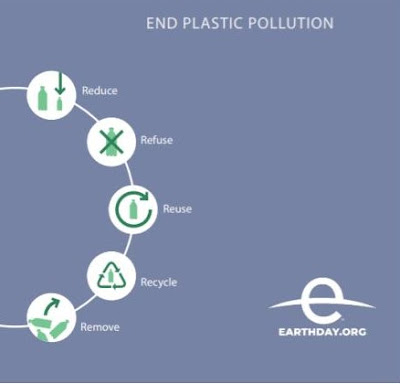Tips For Light Footsteps On Mother Earth: Reduce, Refuse, Reuse, Recycle, Remove, and Rally

Over the last 30 years the by-words Reduce, Reuse and Recycle have been incorporated into our lives and our behaviors. Close- to-home proof of this is the recent survey we participated in on Earth Day Sunday – many of us are making creative conscious choices that reduce, reuse and recycle. And we are not alone, a number of recent surveys found that over 85% of adults are concerned about plastic pollution and over 75% are taking steps to reduce the single-use plastic they buy. Unfortunately, during those same 30 years, the proliferation of single use plastics in packaging has outpaced all our efforts. Plastic packaging now makes up over 40% of the tons of plastics produced and 52% of the plastic thrown away every day with only 9% actually being recycled. It’s hard not to feel small and ineffectual in the face of the mountain of waste that’s already been created and is degrading in the environment. Now EarthDay.Org has added Refuse, Remove and Rally to the powerful actions we need to i...




